By Kevin M Hymel
British frogmen were the first ground fighters to engage the enemy on D-Day—and they did it without weapons. Twenty minutes before H-Hour, 7:25 am on June 6, 1944, they swam from their landing crafts to the waterline of the Gold, Juno, and Sword Beaches, armed with wire cutters and explosive devices. They blew several lanes though mines and obstacles and created a passage for ships, tanks, and men right up to the shore line. The frogmen’s success enabled soldiers and machines to pour through the breach and overwhelm the German defenders.
The British Royal Navy had been experimenting with frogmen since April 1942 at a secret training facility in Portsmouth. Soon, training centers were established at Loch Erisort, Loch Corrie, and Loch Cairnbawn, in Scotland. By the summer of 1944, training had spread to locations off the coast of Norway and around the Mediterranean. Frogmen worked in pools for hours, disarming fake mines and torpedoes and blowing up obstacles. The technology was so new that many frogmen used oxygen cylinders recovered from shot-down German airplanes. Eventually, improvements were made to underwater equipment, such as manned torpedoes and masks with flip-up lenses to allow the use of binoculars.
After D-day, the frogmen continued their mission, sinking floating docks and ships off Norway, Thailand, and Singapore. When the war ended, they were called upon to clear unexploded ordnance and military obstacles around the world. Their legacy continues today, but few missions were as important as clearing a path to victory on D-Day.
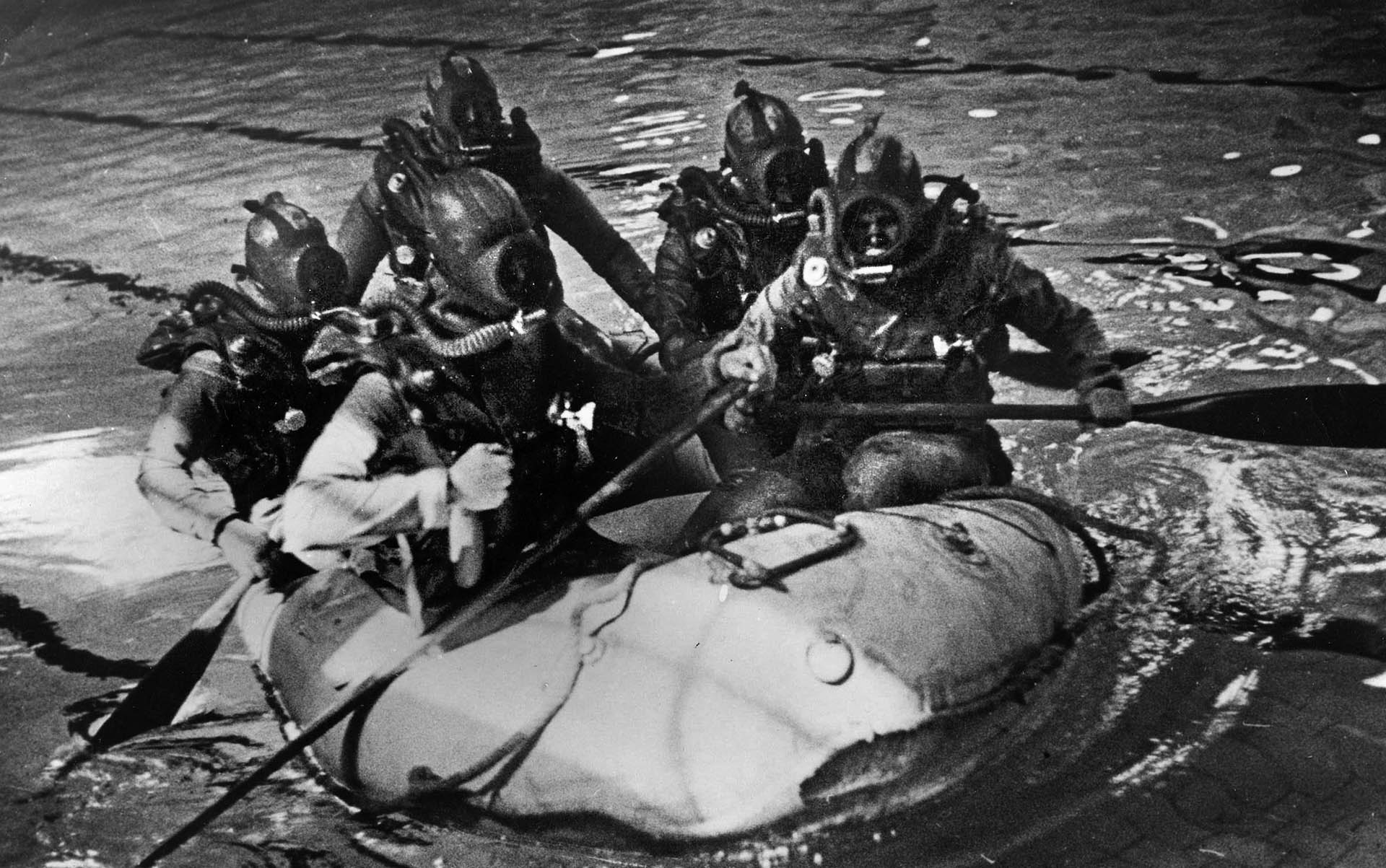
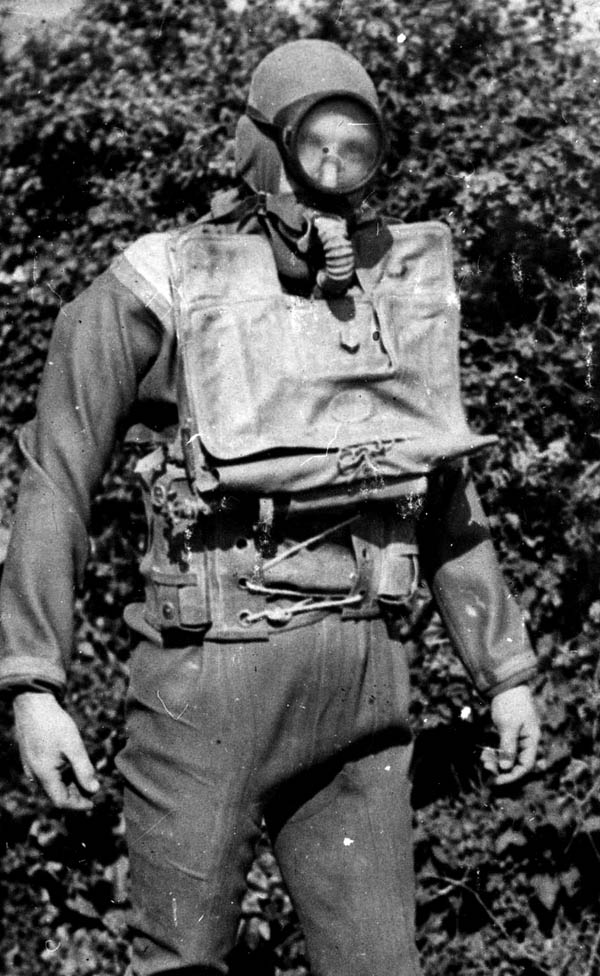
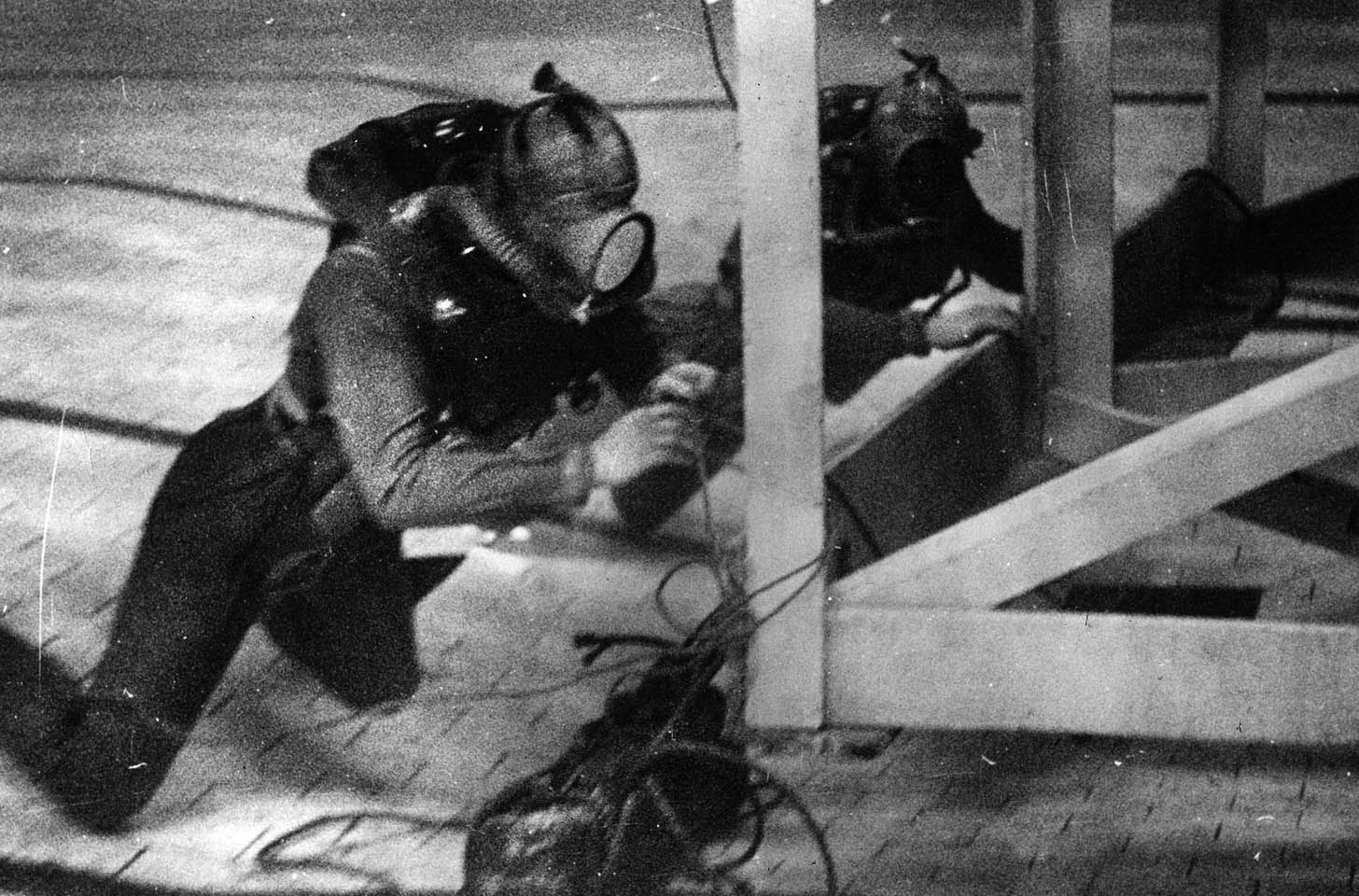
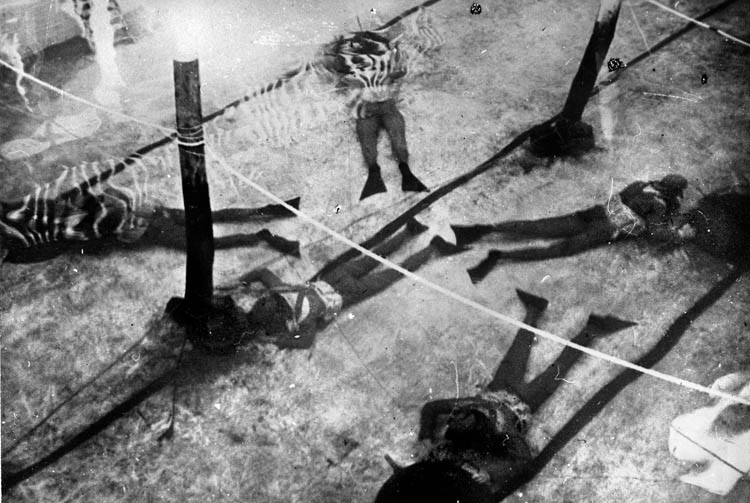
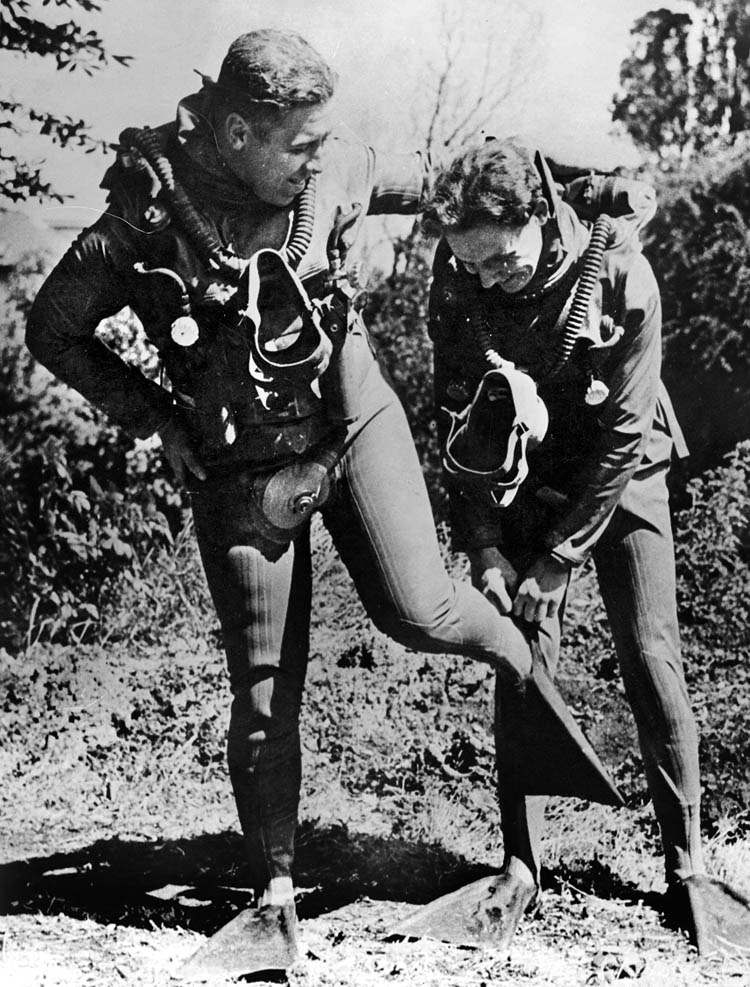
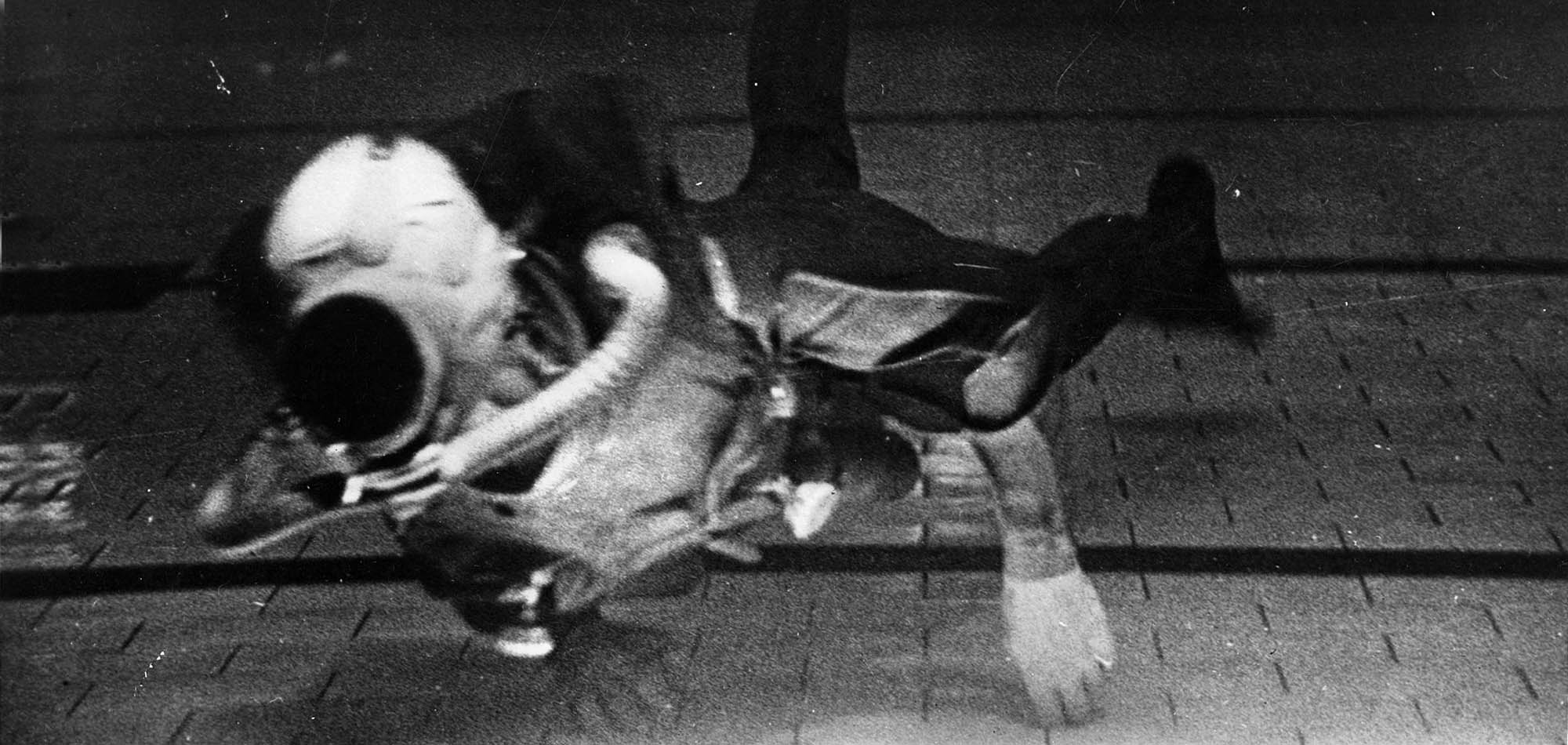
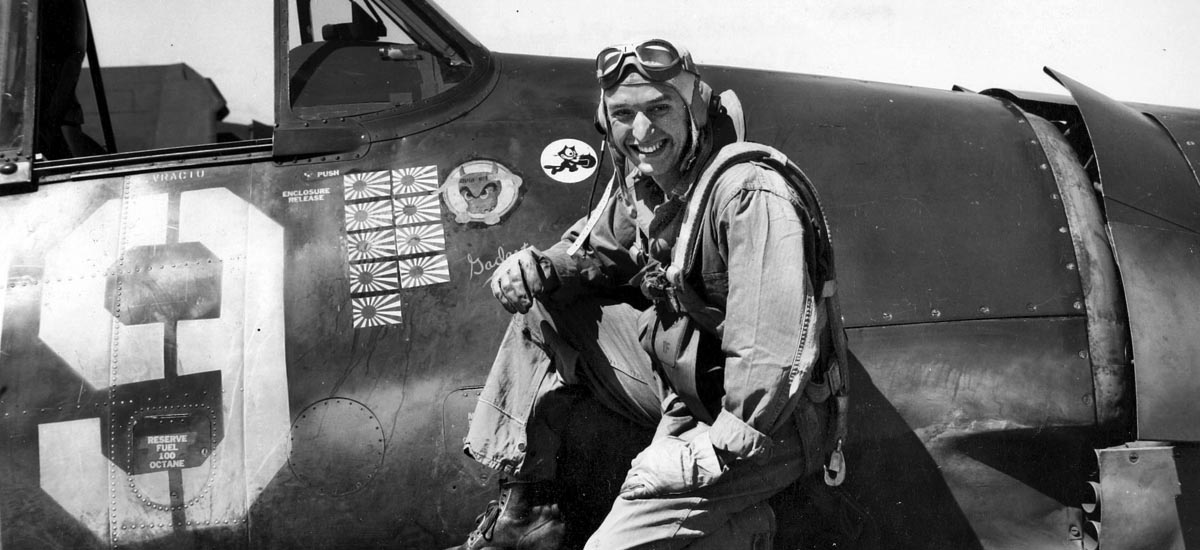
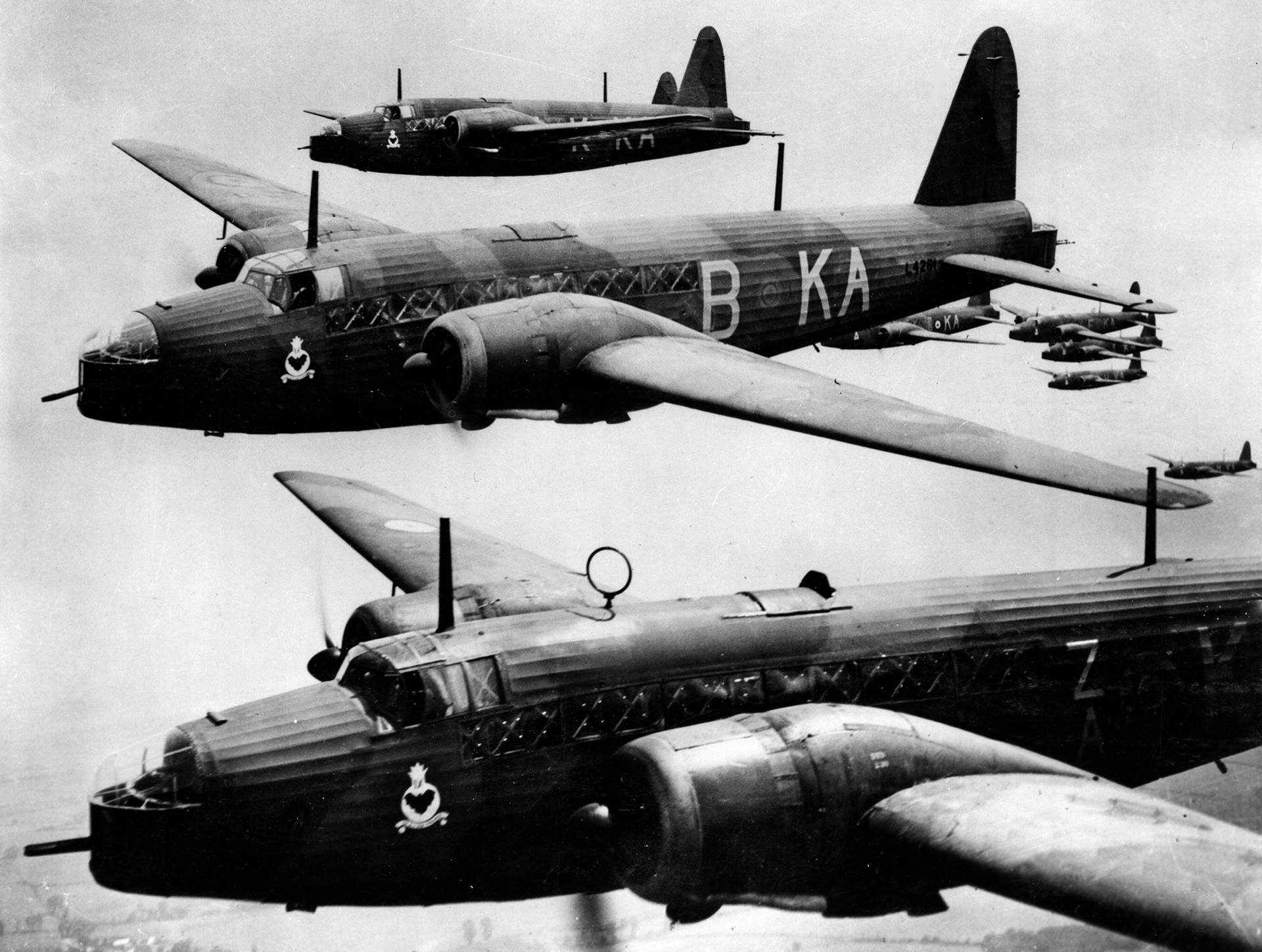
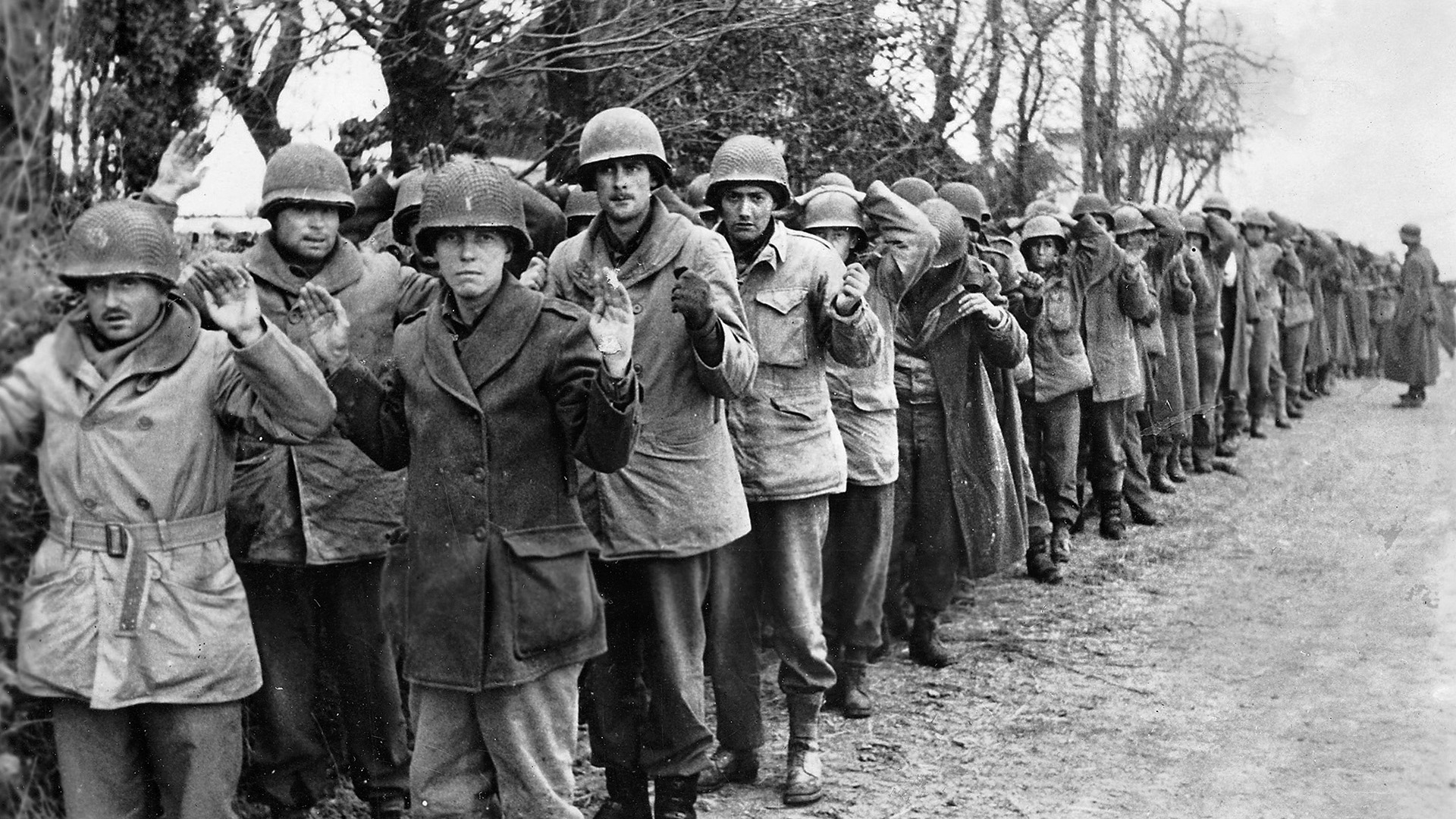
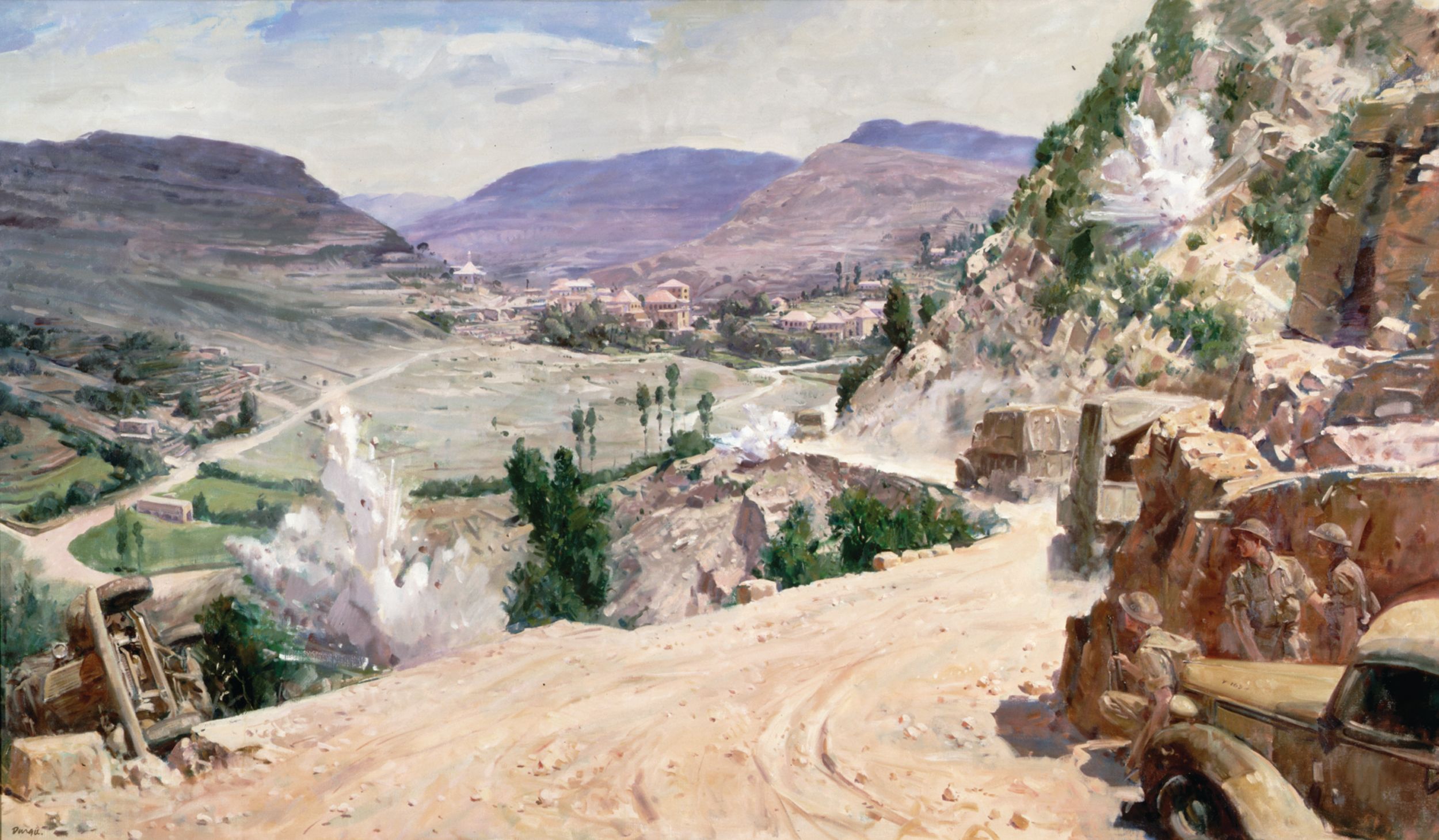
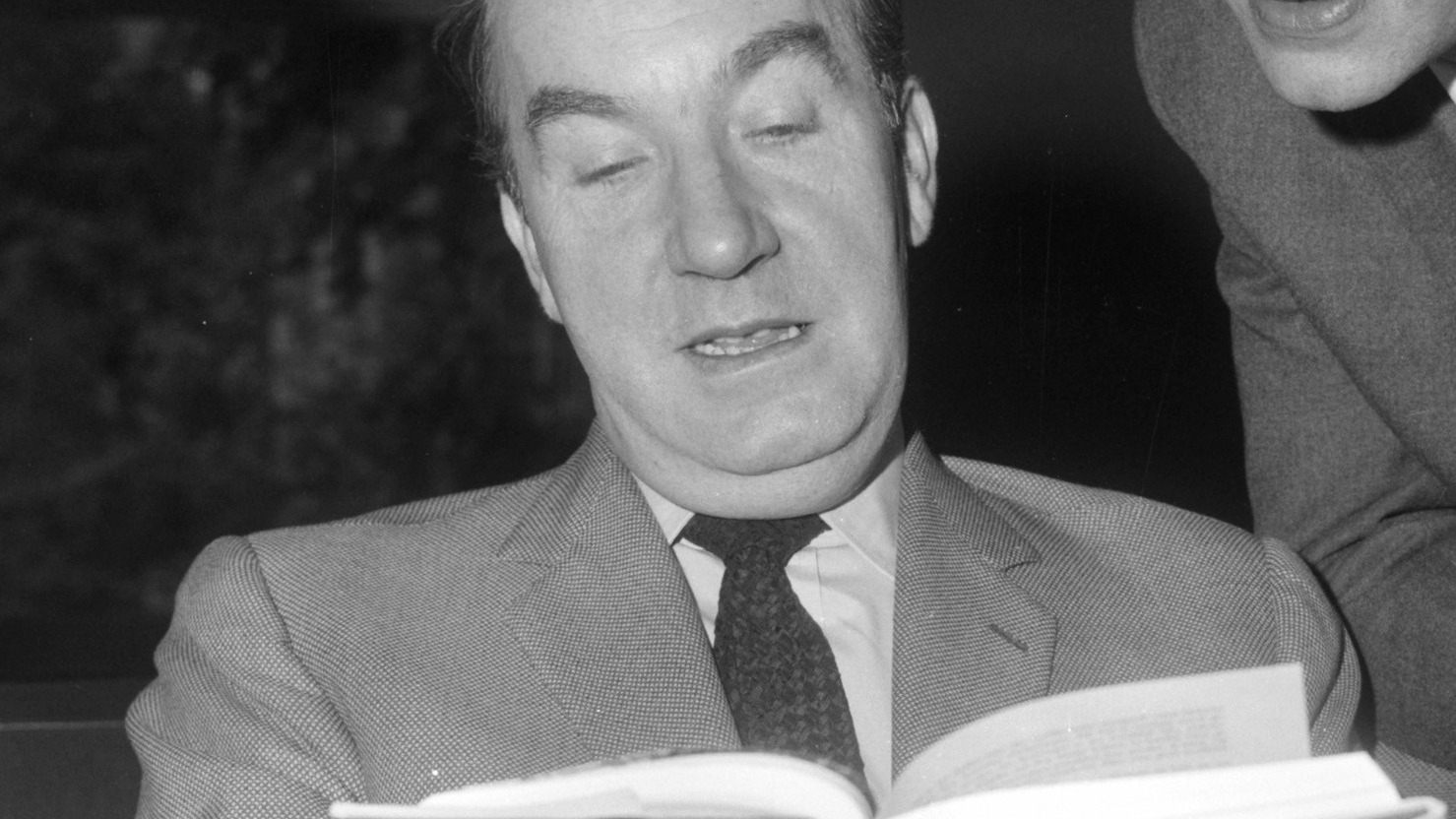
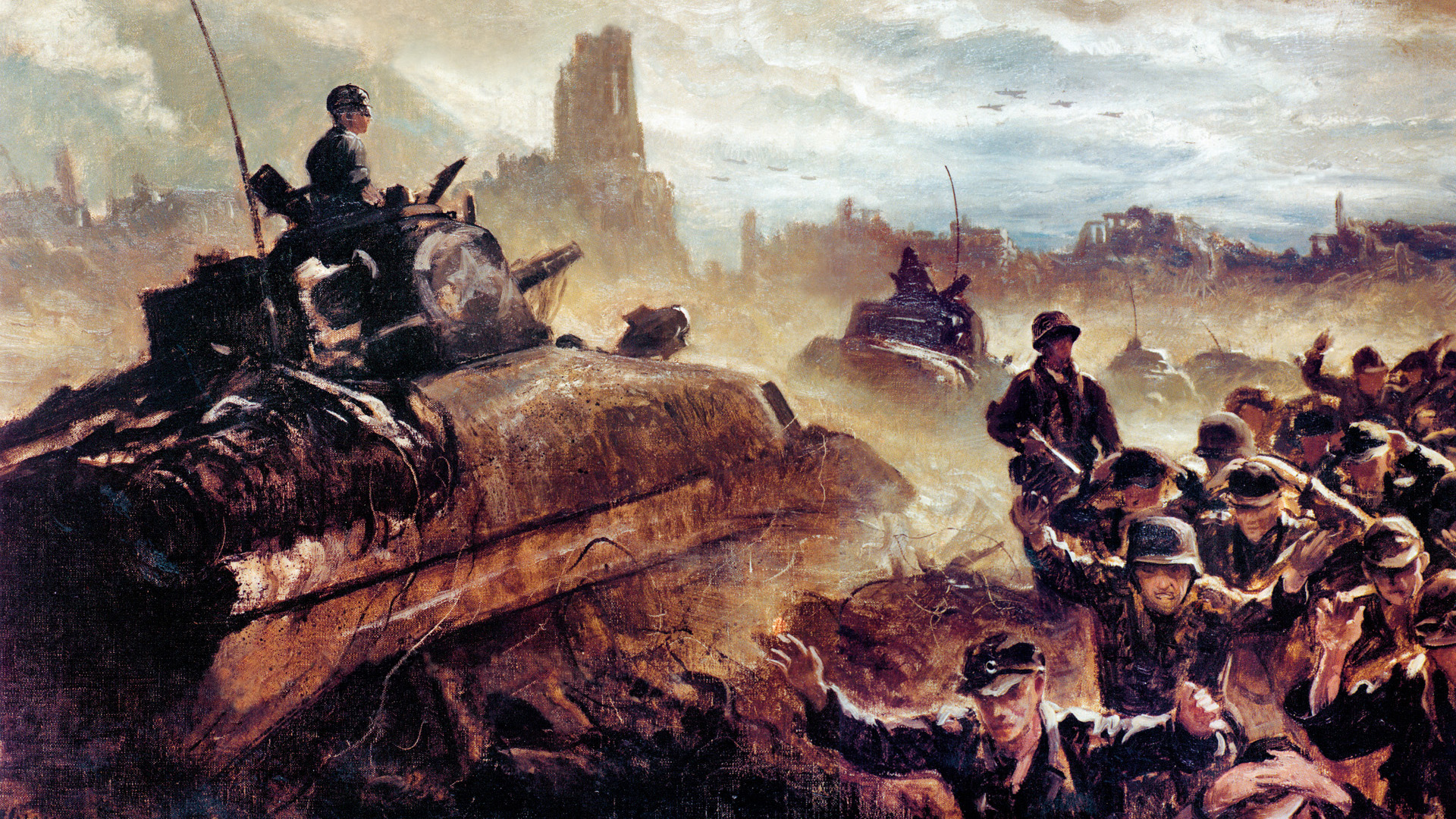
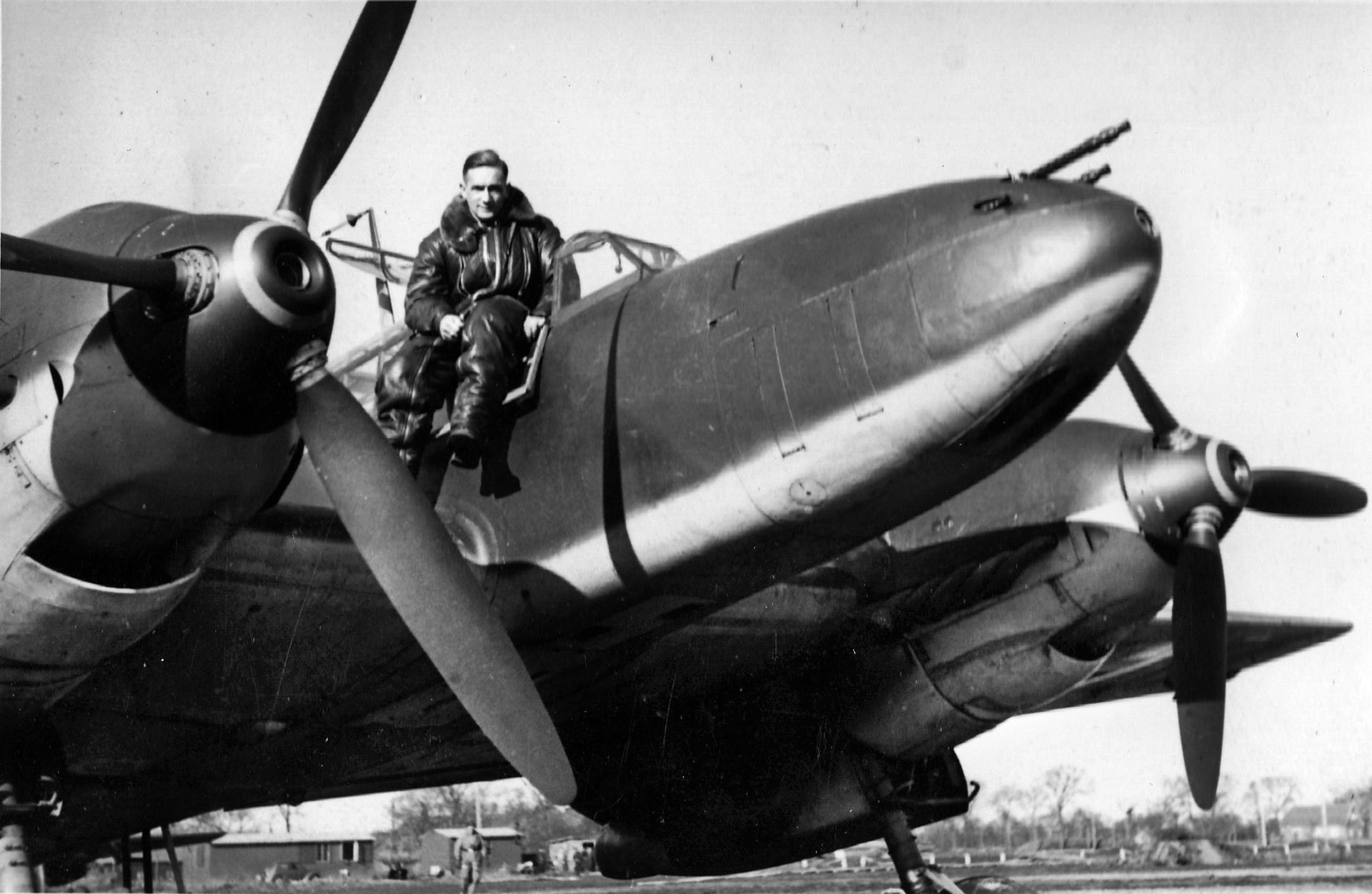
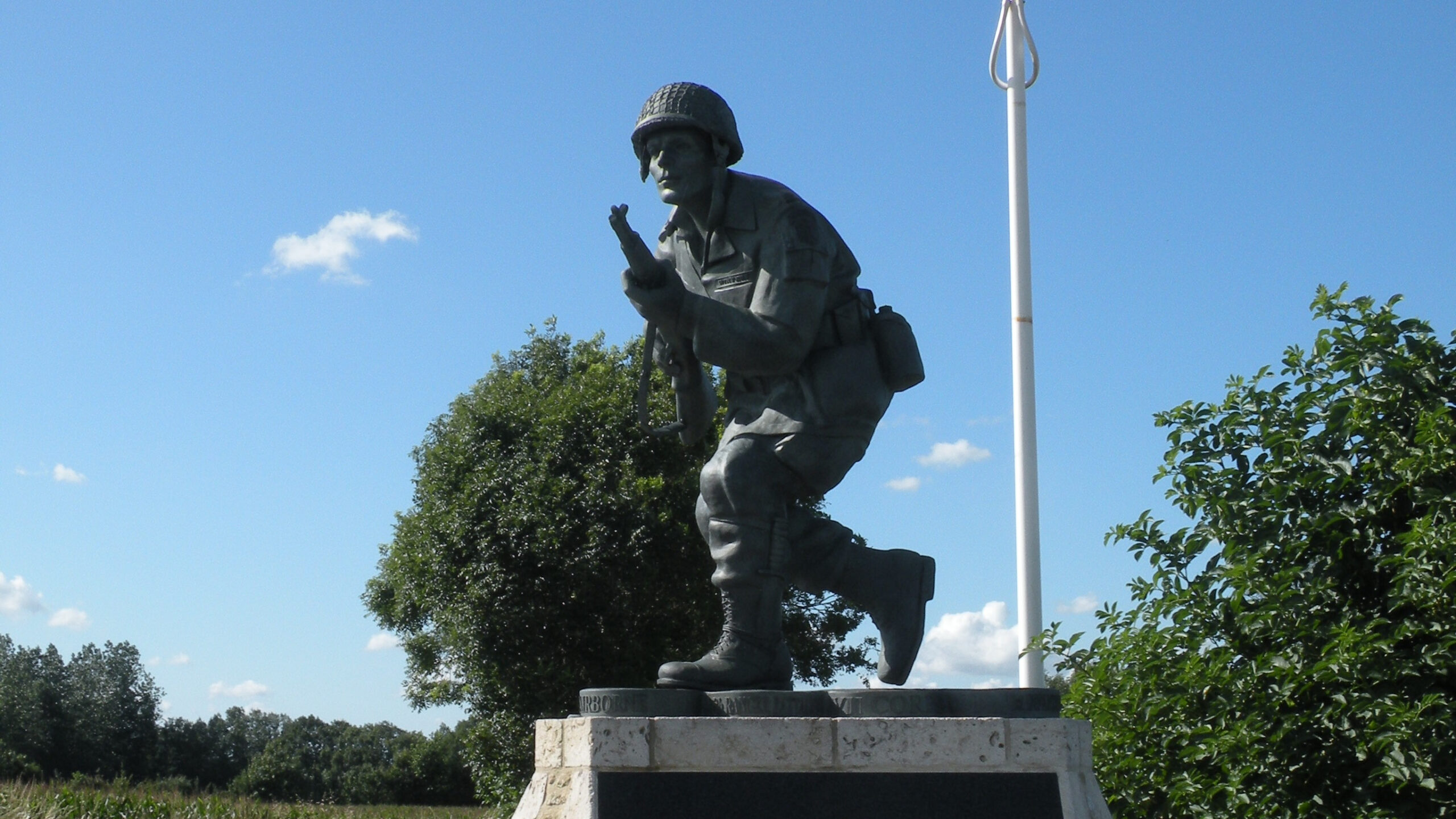
Join The Conversation
Comments
View All Comments